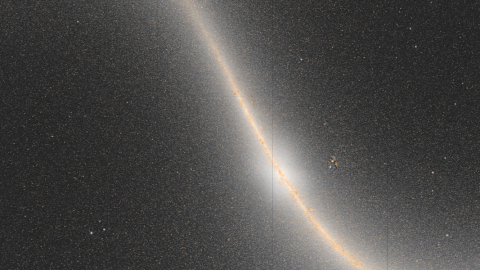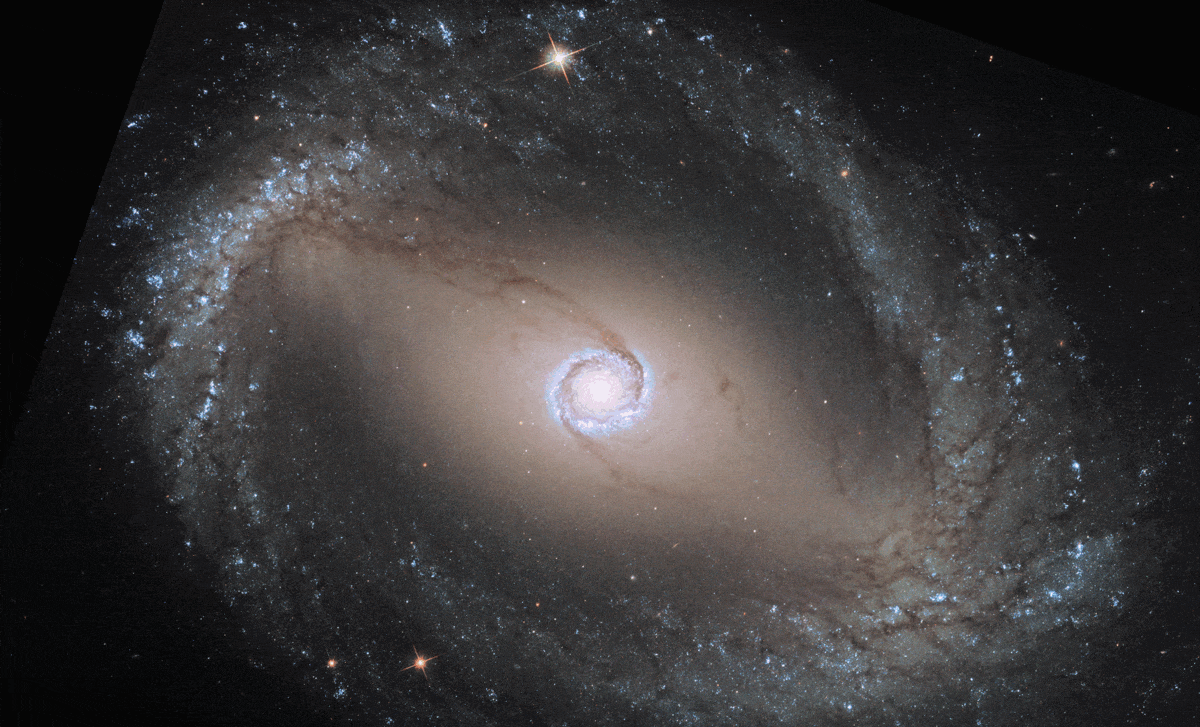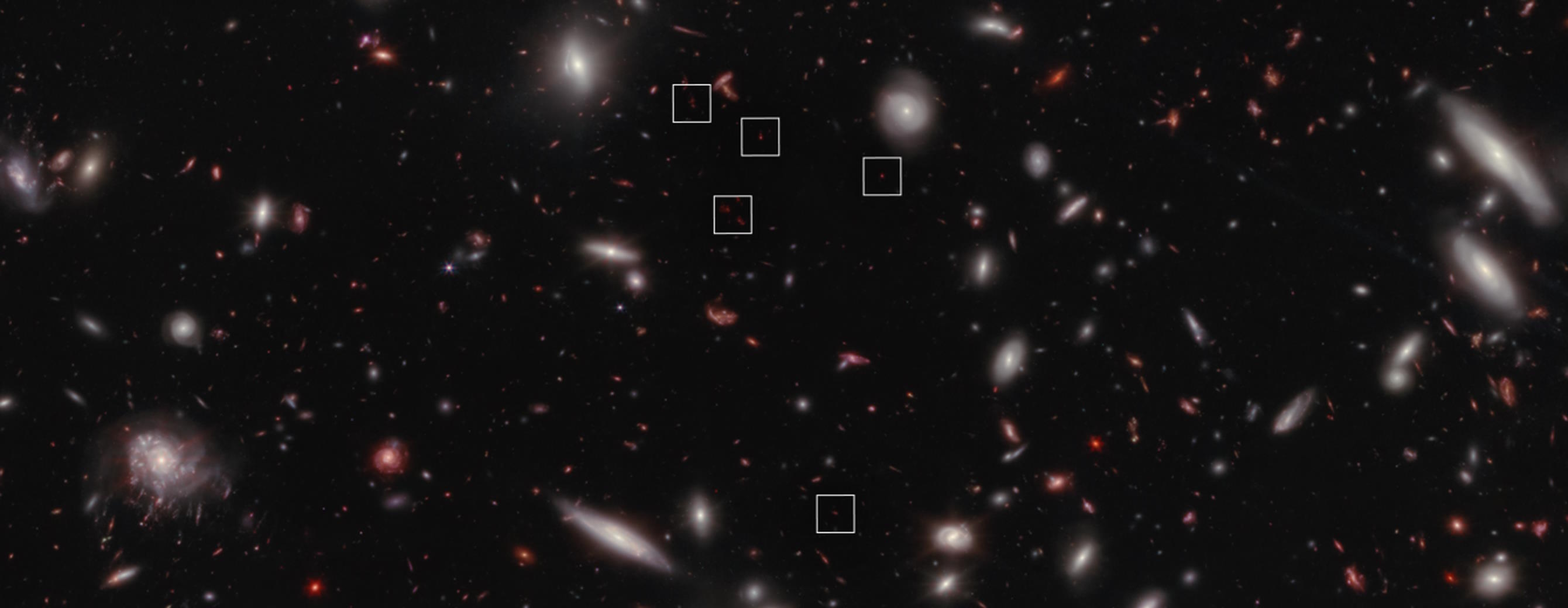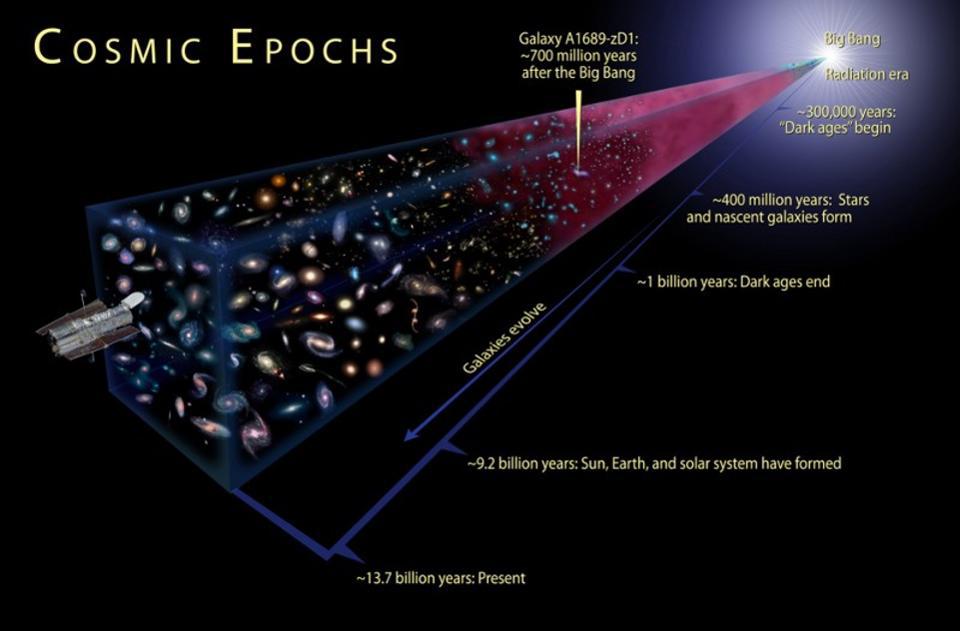One billion galaxies: Astronomers unveil largest sky map ever made

Credit: DESI/Legacy Survey Sky Viewer
- An international team of scientists created the world’s largest astronomical map in an effort to better understand dark energy.
- Dark energy is the force that’s thought to be driving the expansion of the universe.
- The ultimate goal of the team is to develop a three-dimensional map of the universe, which could help scientists unravel the mysteries of dark energy.
The universe is constantly expanding: Galaxies are hurtling away from each other—and from our own—at ever-increasing speeds. But why? In 1998, scientists theorized that a repulsive force called dark energy is causing the universe to expand, though much remains unknown about this mysterious, invisible energy, which makes up 70 percent of our universe.
To better understand dark energy, an international team of scientists has spent years creating the largest map ever of the sky. The scale of the map is enormous, covering half of the visible sky and comprising more than 1 billion galaxies, depicted through some 10 trillion pixels. That’s equivalent to 833,000 high-resolution smartphone photos.
It’s the product of the Dark Energy Spectroscopic Instrument (DESI) Legacy Imaging Surveys, a collaborative effort involving the Kitt Peak National Observatory and Cerro Tololo Inter-American Observatory (CTIO), and images from NASA’s Wide-field Infrared Survey Explorer (WISE) mission. You can view the two-dimensional interactive map on the Legacy Survey Sky Viewer website.
CosmoView Episode 18: Giant Map of the Sky Sets Stage for Ambitious DESI Surveyyoutu.be
“For millennia humans have used maps to understand and navigate our world and put ourselves in context: we rely on maps to show us where we are, where we came from, and where we’re going. Astronomical maps continue this tradition on a vast scale,” the National Science Foundation’s NOIRLab, which is involved in the project, wrote in a blog post.
“They locate us within the cosmos and tell the story of the history and fate of the Universe: it will expand forever, the expansion currently accelerating because of an unknown quantity called dark energy. Astronomical maps may help explain what this dark energy is and why it exists. Capitalizing on that possibility requires an unprecedented map — one that charts faint galaxies more uniformly and over a larger area of sky than ever before.”

Credit: NASA/STSci/Ann Feild
The vast amounts of data collected by the DESI Legacy Imaging Surveys has already led to significant scientific discoveries, including some of the coolest brown dwarfs ever discovered, active black holes in galaxies, and light-bending gravitational lenses, discovered through machine-learning algorithms.
But the new map is only the first stage in DESI’s main goal: Creating a three-dimensional map of the universe. Over the next five years, scientists with DESI will use the data to measure the spectra of 35 million galaxies and 2.4 million quasars in the map. (Spectra is the intensity of light emitted over a range of energies.)

DESI/Legacy Survey Sky Viewer
By determining these galaxies’ positions and distance from Earth, the team will be able to plot them in three dimensions, and potentially help scientists learn more about arguably the biggest puzzle in cosmology.
“Capturing the spectra of so many galaxies so quickly requires a high degree of automation,” wrote NOIRLab. “DESI — equipped with an array of 5000 swiveling, automated robots, each toting a thin fiber-optic cable that can point at individual galaxies — is designed to measure the spectra of 5000 galaxies at a time. The results will ultimately provide new insights into the mysterious dark energy that is driving the Universe’s accelerating expansion.”





